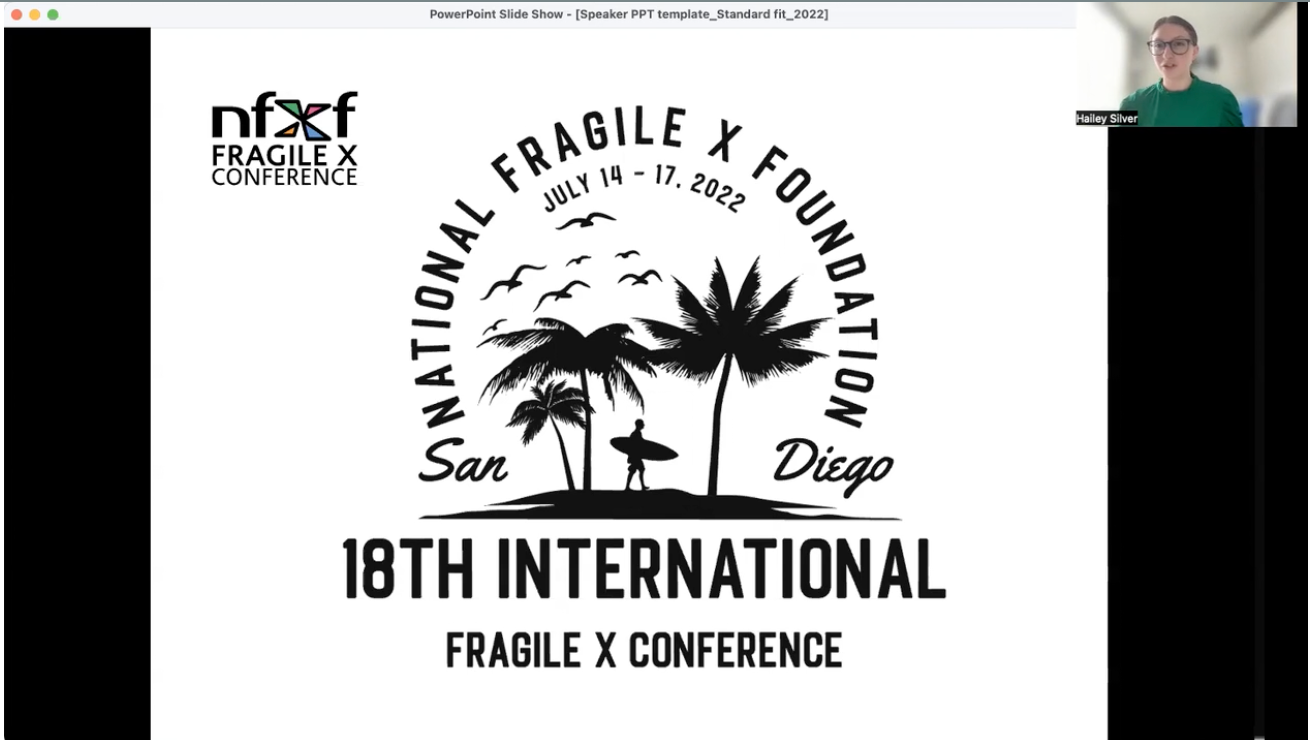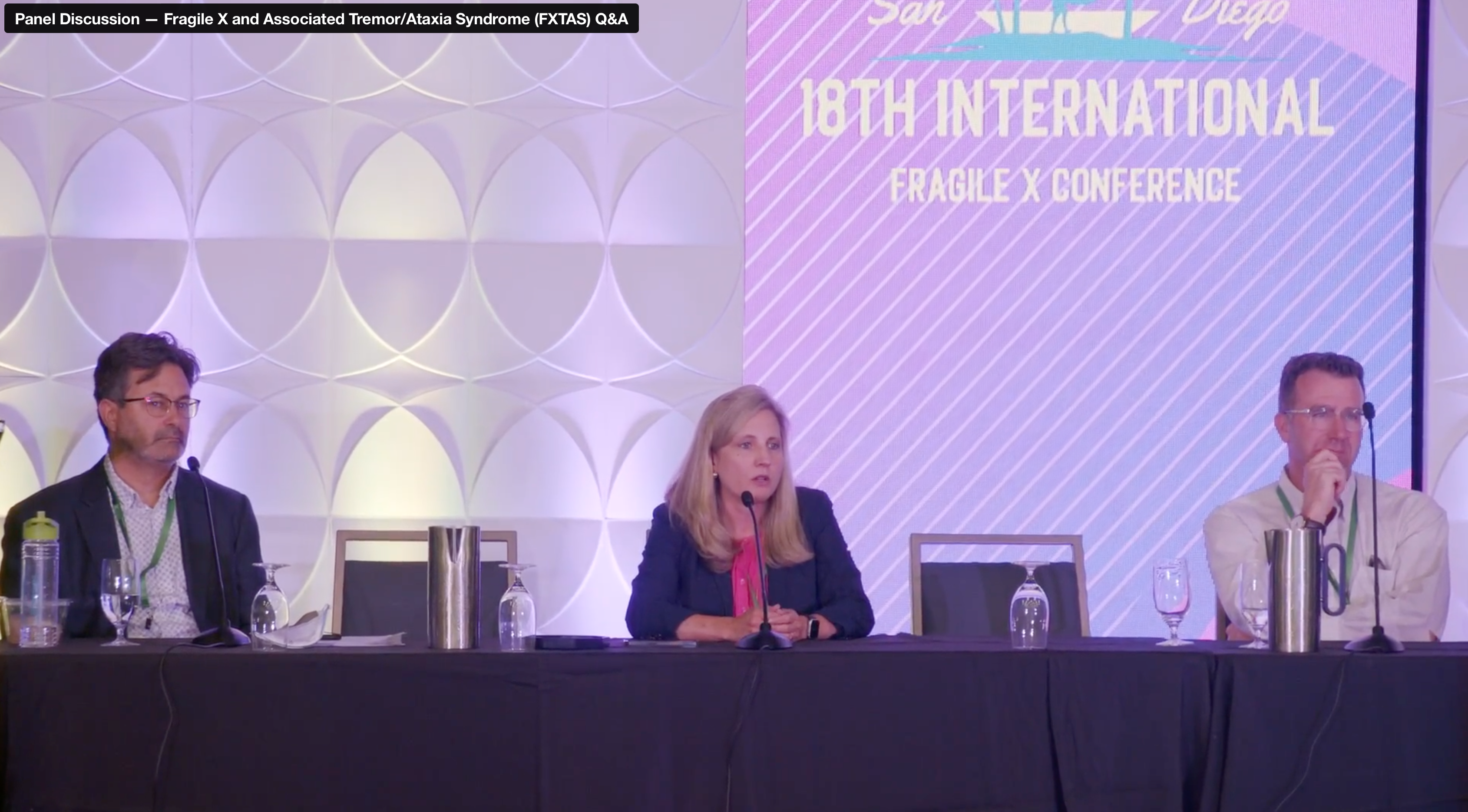Gene therapy is a technique that modifies a person’s genes to treat or prevent diseases or health conditions. There are several types of gene therapy, and they can be classified based on the way they are delivered into the body and the genes they target.
It’s important to note that the field of gene therapy is constantly evolving, and most of the types of therapies are experimental, meaning they are not yet approved by the FDA.
Here are the main types of gene therapy you may have heard of:
-
Gene Addition
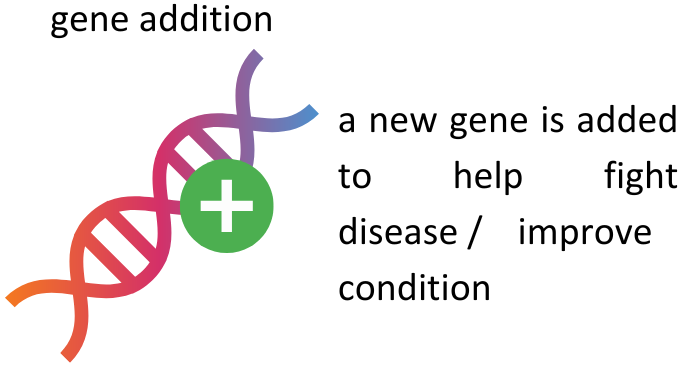
- This technique involves adding a healthy copy of a gene to make up for a missing gene. This is commonly used for genetic conditions where adding a fully functional gene can restore typical function.
-
Gene Replacement
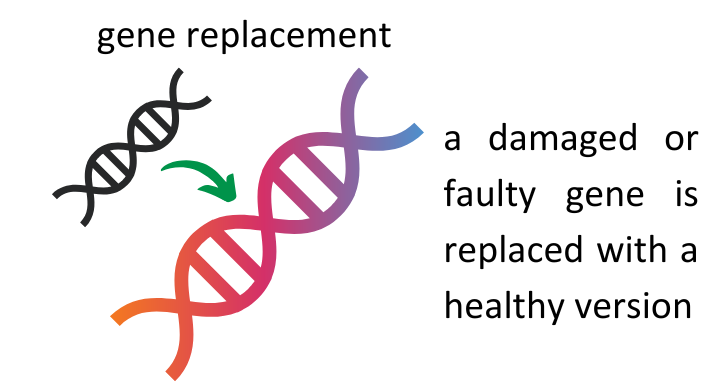
- This technique involves replacing an unreliable or missing gene with a normal copy to restore function.
-
Gene Silencing
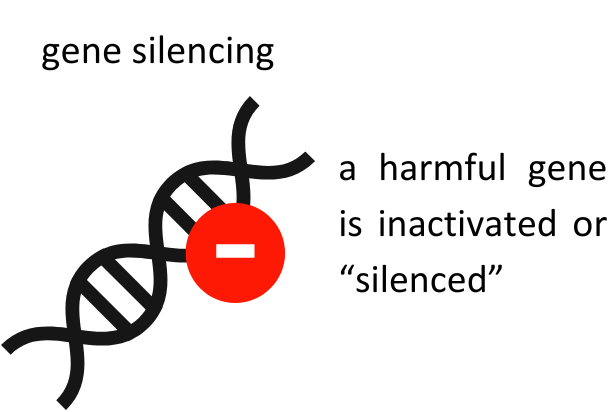
- This method lowers or eliminates (silences) the product that is made from a specific gene that contributes to diseases/conditions.
- A common gene silencing technique is called RNA interference (RNAi).
-
Gene Editing
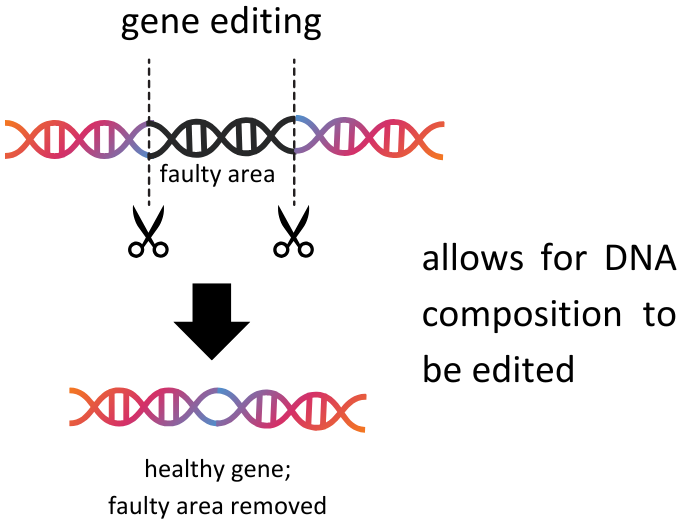
- These types of techniques allow for precise alterations in the DNA composition. This can involve correcting gene alterations, knocking out problematic genes, or inserting new DNA sequences.
- CRISPR-Cas9: A popular method that allows for precise editing of DNA composition, enabling the addition, removal, or alteration of genetic material.
- TALENs and ZFNs: These are other forms of gene-editing tools that also allow for targeted modifications.
Whether or not you have heard of any of these gene therapy techniques, you may be asking yourself, how would one of these therapies actually work?
-
Gene Therapy Delivery Methods
- Gene delivery methods refer to the techniques used to introduce “therapeutic” genes into target cells in gene therapy.
- The effectiveness of gene therapy largely relies on how well these genes can be delivered to the appropriate cells in the body.
- The main delivery methods are viral vectors and non-viral vector methods.
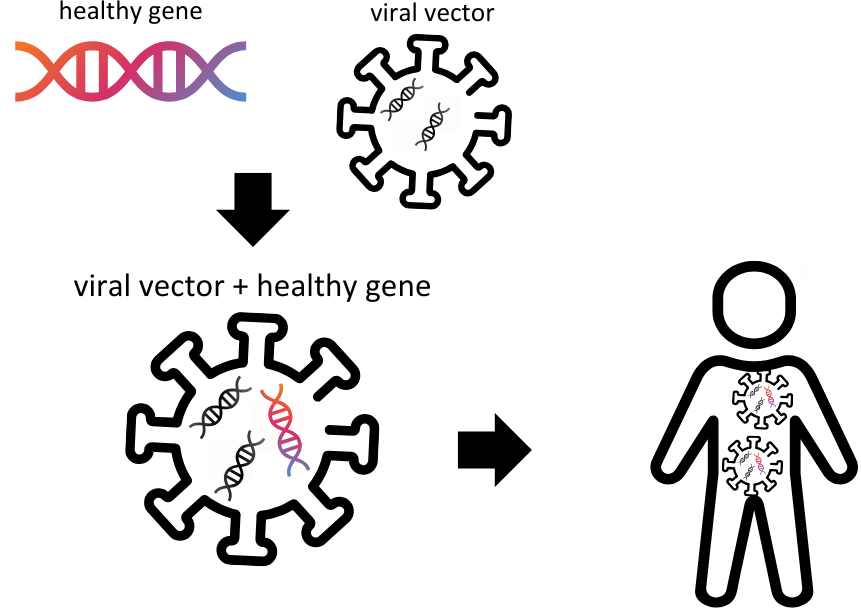
- Viral Vectors: Using viruses that are safely modified to deliver therapeutic genes into target cells. Common viruses used include adenoviruses, lentiviruses, and adeno-associated viruses (AAV). These viruses do not cause diseases in humans.
- Non-Viral Methods: These include techniques such as liposomes, electroporation, and microinjection, which can deliver genes without the use of viruses.
-
Gene Therapy “Whereabouts”
- In Vivo: Gene therapy is delivered directly into the individual’s body.
- Ex Vivo: Cells are modified in a lab outside the body and then returned to the individual.

.
Each type of gene therapy has its own unique applications, benefits, and challenges. Although there are currently no FDA-approved gene therapies for FXS, ongoing research continues to expand the possibilities in this exciting field of medicine, and what seemed before like a lifetime away, is a much closer reality.
We are so excited about what the future holds!
about

Anna De Sonia
Anna joined the NFXF team in 2024 as Director of Research Facilitation. She has many years of research experience, starting as a clinical research coordinator at Rush University Medical Center in Chicago in 2010. There she worked on a variety of clinical trials in the pediatric neurology division, specializing in Fragile X research. Anna earned her bachelor’s in psychology and is a certified clinical research coordinator (CCRC®) through the ACRP (Association of Clinical Research Professionals). She loves spending time with her dog, traveling and exploring new cultures, listening to music, and enjoying time with friends and family.
Check out more research articles & opportunities
The Impact of the COVID-19 Pandemic on School-Aged Children with Fragile X — Presentation
Learn about research and findings from a study understanding the impact of COVID-19 and the pandemic on children with FXS.
Experts Discuss Fragile X-Associated Tremor Ataxia Syndrome (FXTAS) — Panel
Explore this premutation webinar to learn more about Fragile X and Associated Tremor/Ataxia Syndrome (FXTAS) with our expert panel: Peter K. Todd, MD, Randi J. Hagerman, MD, David Hessl, PhD, and Dr. Deborah A. Hall, MD.


